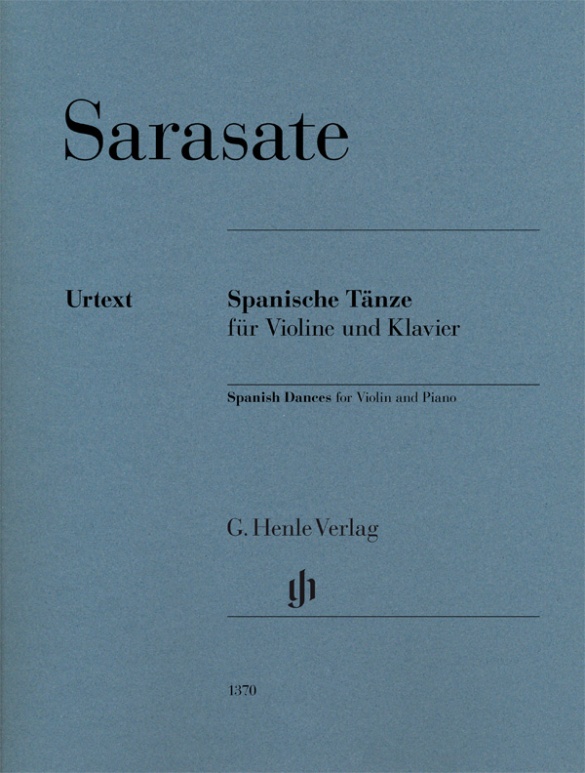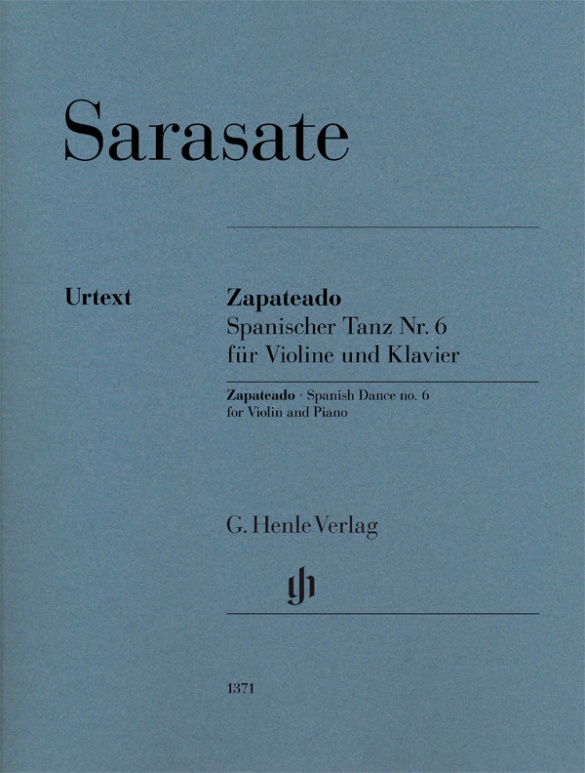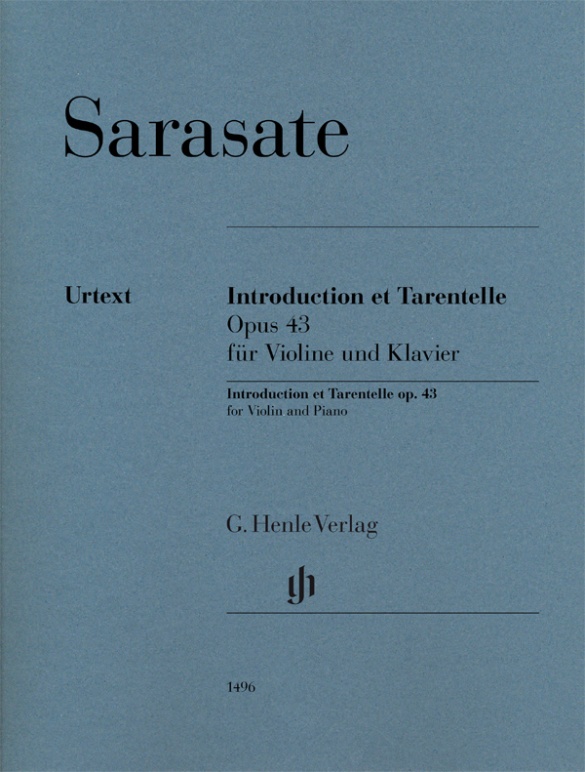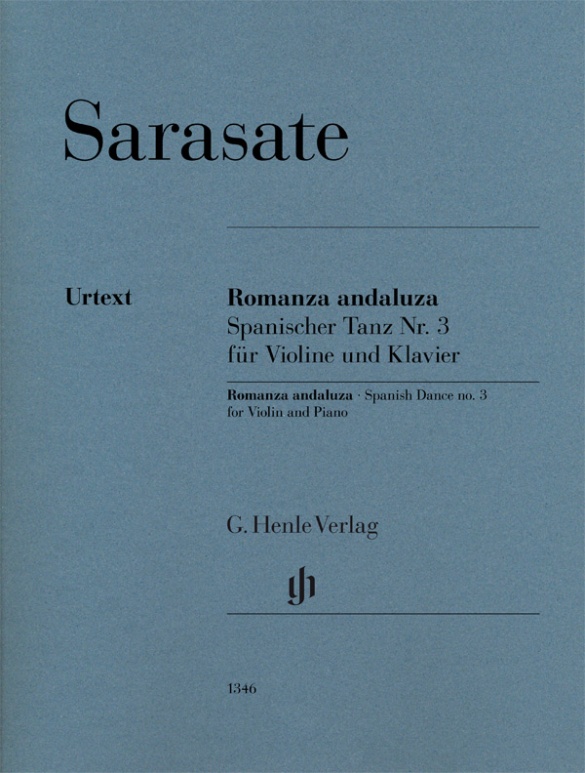

Pablo de Sarasate
Romanza andaluza (Spanish Dance no. 3) op. 22 no. 1 for Violin and Piano
When composing his Spanish Dances (HN 1370), the composer and violin virtuoso Sarasate united existing material – folk songs and songs by well-known composers – with his own uniquely charming musical language. The two Dances op. 22, “Romanza andaluza” and “Jota Navarra”, were completed in 1878 during Sarasate’s first concert tour through Scandinavia. After their initial performances, the lyrical “Romanza” soon outstripped its brilliant sister piece in popularity, and thereafter it was one of Sarasate’s compositions that he played most often himself. Since then, this piece has lost nothing of its charm, and it is now available as a stand-alone edition in the Henle catalogue.
Content/Details
About the Composer
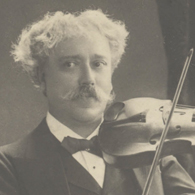
Pablo de Sarasate
A violinist and composer from Spain. During his childhood he already rose to become a celebrated virtuoso whose precise playing was described as brilliant and having a beautiful tonal quality. He was the dedicatee of world-famous violin concerti including Max Bruch’s Violin Concerto No. 2, op. 44. He himself wrote works for orchestra, including fantasies on operatic themes, as well as salon and chamber music. His musical language is characterized by folk elements.
| 1844 | Born in Pamplona on March 10. His father, the director of a military band, fosters his musical education. A child prodigy, he makes his debut as a violinist at approximately eight years of age. He studies in Madrid with Manuel Rodríquez. |
| 1856 | With the support of the Spanish court he studies violin at the Paris Conservatoire under Jean-Delphin Alard and harmony with Napoléon-Henri Reber. |
| 1857 | He is awarded the Conservatoire’s first prize in violin. |
| 1858 | He wins the Conservatoire’s first prize in harmony. |
| from 1860 | Up to 200 concerts per year take him throughout Europe, Russia, the United States, and South America. His repertoire includes the violin concerti of Beethoven and Mendelssohn. He also increasingly focuses on chamber music. |
| 1908 | Dies in Biarritz on September 20. |
About the Authors

Peter Jost (Editor)
Dr. Peter Jost, born in 1960 in Diefflen/Saar, read musicology, German and comparative studies at Saarland University in Saarbrücken. He did his PhD in 1988 with a thesis on Robert Schumann’s Waldszenen.
From November 1991 to April 2009 he was a research associate at the Richard Wagner Complete Edition in Munich, and since May 2009 has been an editor at G. Henle Publishers. His Urtext editions comprise predominantly French music of the 19th and 20th centuries, including works by Lalo, Saint-Saëns and Ravel.
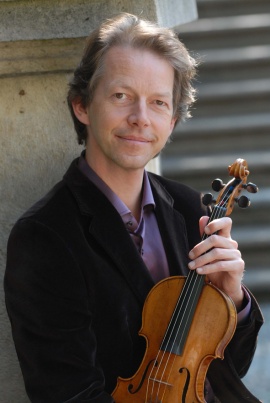
Ingolf Turban (Fingering and bowing for Violin)
Product Safety Informations (GPSR)

G. Henle Verlag
Here you can find the information about the manufacturer of the product.G. Henle Verlag e.K.
Forstenrieder Allee 122
81476 München
Germany
info@henle.de
www.henle.com
Die uitgave mooi verzorgd. Zowel inleiding als tekstkritisch commentaar zijn bijgevoegd en, vanzelfsprekend ligt in het cahier ook nog een afzonderlijke vioolstem. De meerwaarde van deze afzonderlijke uitgave is zonneklaar.
de nieuwe muze, 2019The pristine copy is excellent. The edition is up to the usual high standard of Henle and is also available in the Henle Library app.
Stringendo, 2019recommendations
autogenerated_cross_selling
Further editions of this title
Further editions of this title


